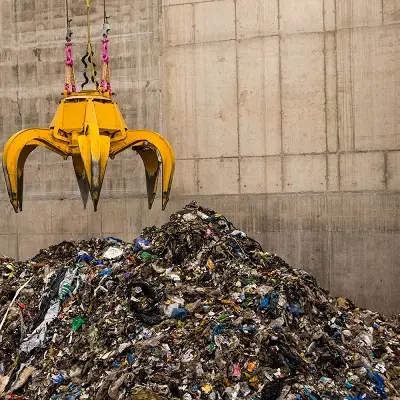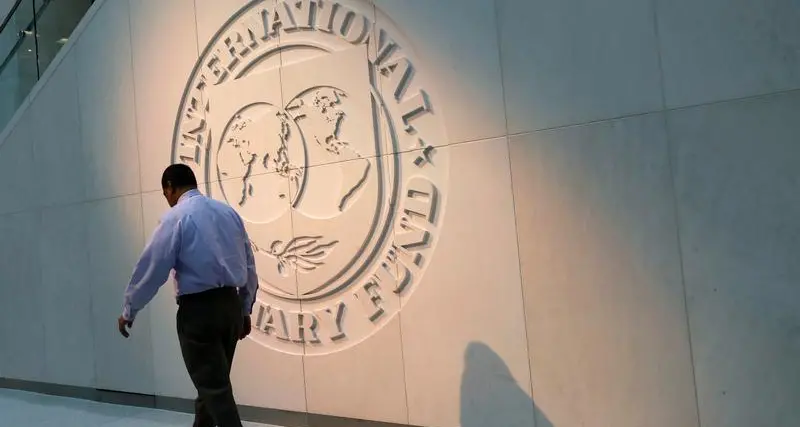PHOTO
A turbulent economic outlook has resulted in a surge of corporate borrowings that will be maturing in a few years across the Middle East, as well as in Europe and Africa.
In a new report that covered hundreds of companies in the EMEA region, Moody’s said total debt jumped by nearly half to $1.6 trillion since 2019, partly due to new borrowings driven by the coronavirus pandemic. The rating movements between investment and speculative-grade firms accounted for nearly $200 billion of the increase.
Governments around the world have pumped billions of cash into the financial system to support their economies and help struggling businesses that have been hit hard by the health crisis. On Saturday, Dubai announced an extra stimulus package of 500 million UAE dirhams, taking the emirate’s COVID-19 relief efforts to 6.8 billion dirhams.
According to Moody’s, speculative-grade companies have increasingly relied on revolving credit facilities with banks during the pandemic. The trend is exemplified by the higher level of drawings under these facilities, suggesting that bond issuance has become too expensive and deemed unattractive by many.
Moody’s report looked into the debt maturity profiles and refinancing requirements in 2021-24 and thereafter of 657 speculative-grade nonfinancial and infrastructure companies in EMEA with public and private ratings. It is based on available data as of June 2020.
The ratings agency said the maturities of bank and bond debt from 2021 to 2024 went up to $580 billion, compared to $440 billion in 2019 (for 2020-2023).
Sectors affected
Moody’s reported that the shares of borrowings by corporates in the transport and auto sectors increased, following rating downgrades.
The shares of other sectors, such as retail and leisure, were more affected by the accounting change for operating leases. However, Moody’s added, this does not affect refinancing needs because the leases are now new and don’t need to be refinanced in the same manner as bank and bond borrowing.
It also noted that while liquidity has increased due to the borrowing spree, free cash flow forecasts remain negative in several factors.
“The general increase in cash suggests that this is partly a defensive measure to sustain liquidity in some of the sectors affected by coronavirus-related disruptions,” Moody’s said.
“We expect several factors to generate negative free cash flow over the next 12 months, including autos, transport and leisure. The level of cash burn and refinancing risk in these sectors will partly depend on the recovery in earnings,” it added.
(Reporting by Cleofe Maceda; editing by Seban Scaria)
Disclaimer: This article is provided for informational purposes only. The content does not provide tax, legal or investment advice or opinion regarding the suitability, value or profitability of any particular security, portfolio or investment strategy. Read our full disclaimer policy here.
© ZAWYA 2020












